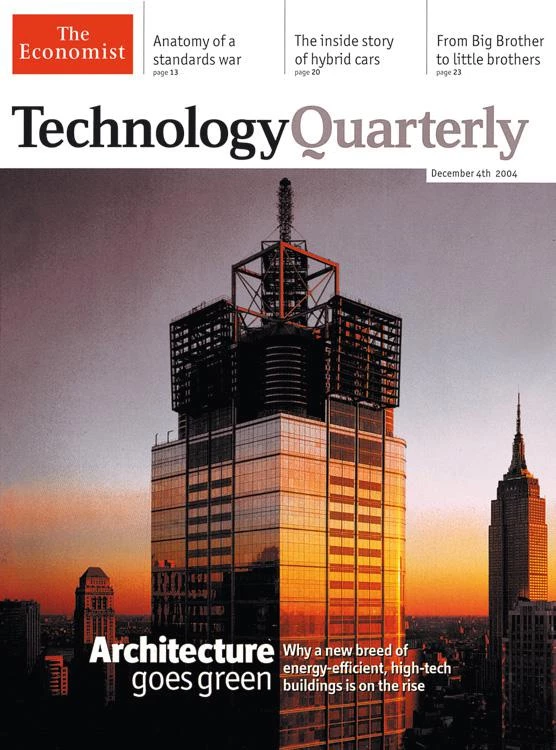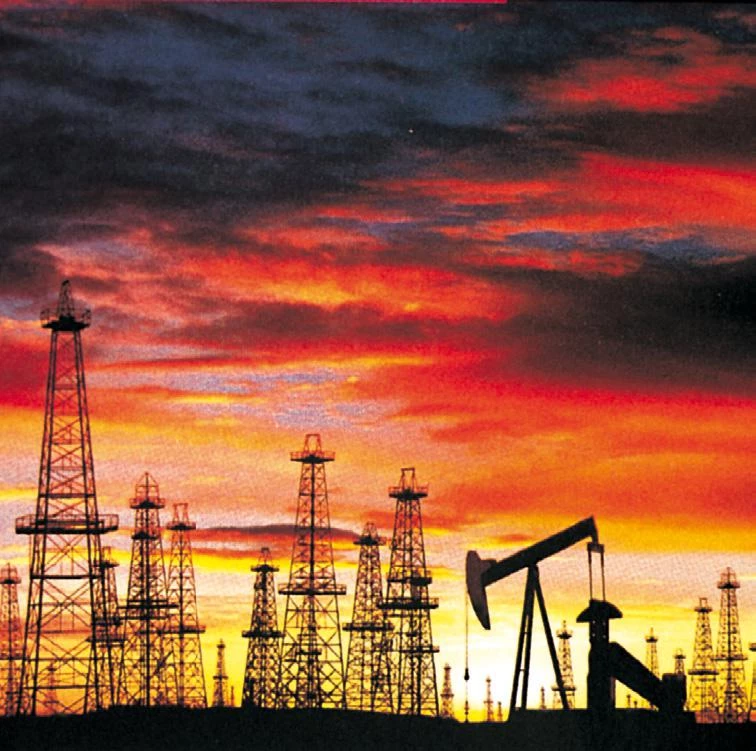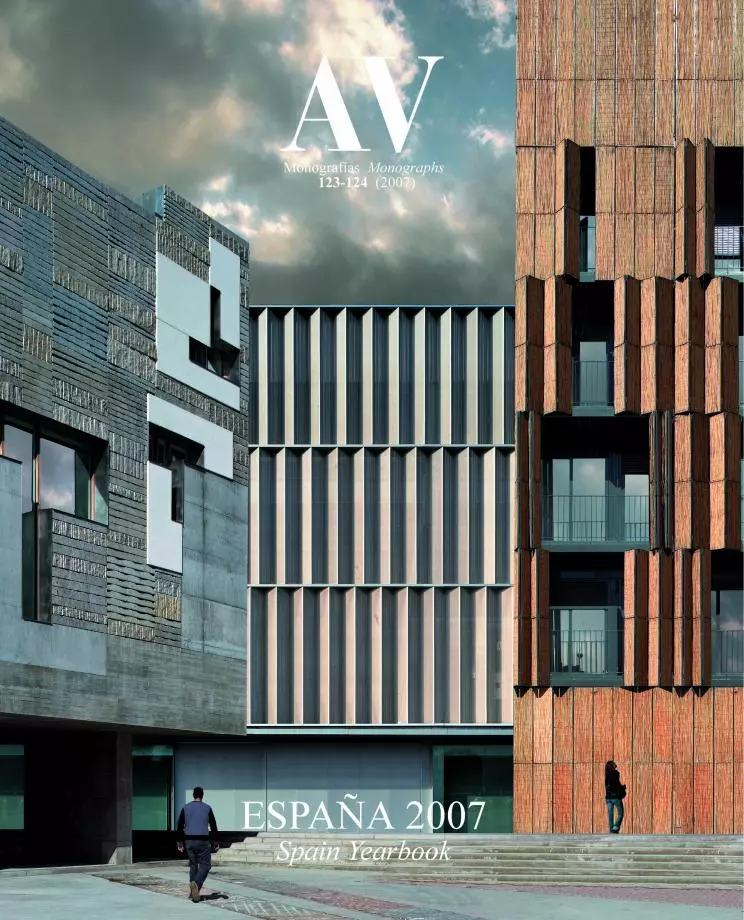Its the Economy, Ecologists!
The continuous increase of oil prices opens a historic period of energy shortage that shall stimulate saving and the use of alternative sources.

There is no ecology without economy. Beyond the etymological relationship, which places both sciences on a common ground, transfering its logos and its nomos to the shared oikos of our residence on earth, the green science is inconceivable without the dismal science. Seen from the ‘fiercely human’ viewpoint of architecture, the inhabited nature and the artifice of the market are interwoven like warp and weft. But environmental issues are often addressed skipping through the rough territory of financial issues, ignoring or underrating the fact that most of the decisions which shape the world are taken within that frame. At least for this reason, the advocates of sustainable architecture and urbanism should always keep in mind the motto that the political strategist James Carville used in Clinton’s campaign during the 1992 elections, since then a catchphrase in the American debate. “It’s the economy, stupid!”

Architects talk about sustainability these days not because they have embraced the green creed, but because oil is expensive. This subordination of ideas to facts is not areprehensible case of opportunism, but a legitimate mechanism of adaptation to a changing world, necessary to ensure the evolutionary survival of social groups and their members. The cur-rent fervor for ecological architecture faithfully reproduces that of the seventies, though with some significant variations. As then, it is triggered by the oil shocks that in 1973 and 1979 shattered the energy bases of the economy; but unlike what happened in that decade, contemporary green conscience arises within a context of economic growth and real estate boom, where the cold war has been replaced by the conflict with a Muslim world lavish in oil and gas reserves, and in a planet that witnesses the emergence of giants like China or India with colossal demands for energy, while its price does not prevent the buildup of greenhouse gases that cause global warming. .

From the skyscrapers of Shanghai to the sprawl of Los Angeles, the growing energy demand is creating tensions in the oil markets that encourage a renewed reflection in the fields of sustainable architecture and town planning.
Within this geopolitical context one can of course argue that buildings and cities are re sponsible for the greater part of energy consumption, because if we add the cost of air conditioning, lighting and transportation to the energy costs of construction – be it of builings or urban or territorial infrastructures –, any estimation method shall produce a result of over 50 percent. However, to presume be-cause of this that architects are the inevitable protagonists of the energy dilemmas sparked by the current crisis (in its double dimension of shortage and climatic impact) is a mirage. The decisions that are going to shape our future will be taken in the field of macroeconomics, against the backdrop of the peaceful or military struggles between states for energy, raw materials and water, and in the absence – at short or mid-term – of a global governance that may settle conflicts or safe-guard the system’s balance. .

If compared to the resistant and alternative ingenuity of the solar houses of the seventies, with their post-hippy worship of craftwork, their preindustrial defense of autonomous utopia, and their luddite fascination for everything primitive, the contemporary crop of built sustainability has the inequivocal taste of intricate prosperity, normative bureaucracy and symbolic simulacrum: Robinson Crusoe has been replaced by a technocrat. Sustainable construction is today a roaring field, which has its own fairs and congresses, its own magazines and its own prizes, a field nurtured by the demanding regulations and generous subsidies of governments, and a field that tries to make up for its aesthetic handicaps with rankings, certifications and green tags whose ethical aura can give social legitimacy and public exposure to the authors and the works. Reinforced by the presence of corporate firms whose green credentials are an extension of their technological sophistication, and by offices that place their work within a more social perspective, this field is today a meeting point between professional bureaucracies and emerging explorations, but still not a disciplinary territory marked by certainties and conventions.

With all of this, it is paradoxical that the work most quoted as a representative of this new attitude is a New York office skyscraper, the Condé Nast building in 4 Times Square, a project by Fox & Fowle that served as prototype for the development of the LEED (Leadership in Energy and Environmental Design) ratings, the standards created in 2000 by the United States Green Building Council; leaving aside its disappointing aesthetic result, the simple fact of using the high-technology of the skyscraper as an emblem of green architecture – for instance, on the cover of the supplement of The Economist devoted to the subject in December 2004 –, shows to what extent the ecological concerns have seeped into the daily practice of the profession, but also how the means used to address them are simply technological gadgetry and the upgrading of mechanical services. And also a revealing symptom of the power of the economic context in which buildings are produced is the fact that The New York Times headquarters on the same site, with Renzo Piano as architect and a commitment to environmental responsibility, had to give up the LEED certification when faced with the financial costs of building in the heart of Manhattan.
The twilight of our fossil fuel-based economy, whose tankers, oil fields and sea platforms have been the prime engine of development during the past half century, urges to transform the foundations of industrial society.
Economy, along with politics, imposes its iron law upon technical and social choices, setting guidelines with its trends and marking individual and collective life with its cycles. Those of us who graduated in the summer of 1973 entered the professional field coinciding with the Arab-Israeli war of that fall, which triggered the first oil crisis, and our initial critical and architectural skirmishes where inevitably conditioned by the climate of con cern for energy and the economic standstill caused by the rise of fuel prices; a material and ideological context that would be reinforced in 1979 with the Iranian revolution and the second oil crisis, but that would gradually weaken in the following years to later fade away entirely in the second half of the eighties, with the drop in barrel price and the acceleration of economic growth. This situation has been maintained since, with no further frights than that produced in 1990 by the ephemeral invasion of Kuwait by Iraq, with the oil reaching in 1999 prices lower than those of 1974. In the last seven years, however, the barrel price has increased sevenfold.
This context of energy shortage – added to the acknowledgment of the planet’s global warming – has given rise to a new ecological conscience, which takes up issues and authors that had been forgotten during the decades of prosperity, and that for those of us who have lived during the previous period has the narcotic aroma of the déjà vu and the bittersweet taste of lost causes. With more optimism of the will than pessimism of the mind, the green agenda is presented as a renewed secular ethic, but often becomes rather an instrument of political correction in the public relations of governments, institutions or companies. Oblivious to the political or economic context of environmental decisions or perhaps mee-ly resigned to impotence when faced with the titanic forces that shape our world, the green tag becomes an alibi that gives the patina of good intentions to architecture and urbanism, two activities that cannot be easily separated from the violence they exert on nature.

Construction always uses non-renewable resources and increases the world’s entropy. Architects have a faustic pact with excess, so they only surrender to the green syndrome when economy enters recession, and then become advocates of zero growth, austerity and renovation, to later return to messianism and big dreams as soon as consumer confidence recovers. During the present period of transit, with expensive fuels and a booming economy, sustainable architecture is no more than a cocktail of trivial technology that combines thermal sensors, heat pumps and solar panels with old time recipes on natural lighting and ventilation, orientation and solar protection or thermal insulation and inertia. But if bad comes to worse, all this sweet fantasy will give way to the real dilemma: to build or not to build? Because in the end the only ecological architecture is that which is never built, and the only green architect is the one who refuses to increase the planet’s entropy. Meanwhile, us architects have a transparent rather than vested interest in economic growth and in the boom of construction and public works.






